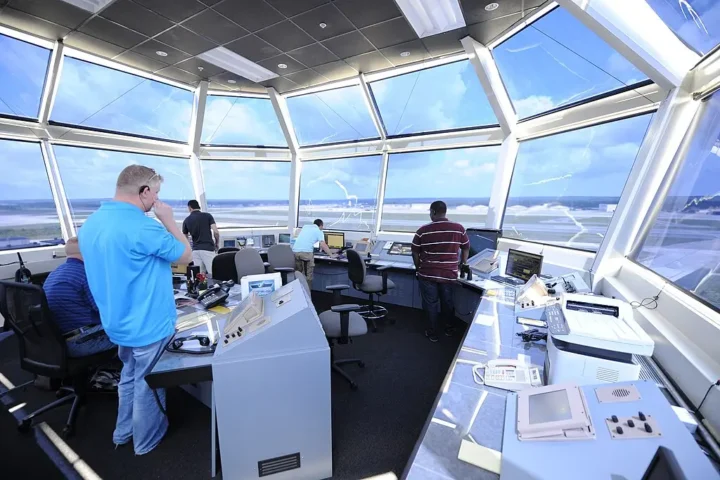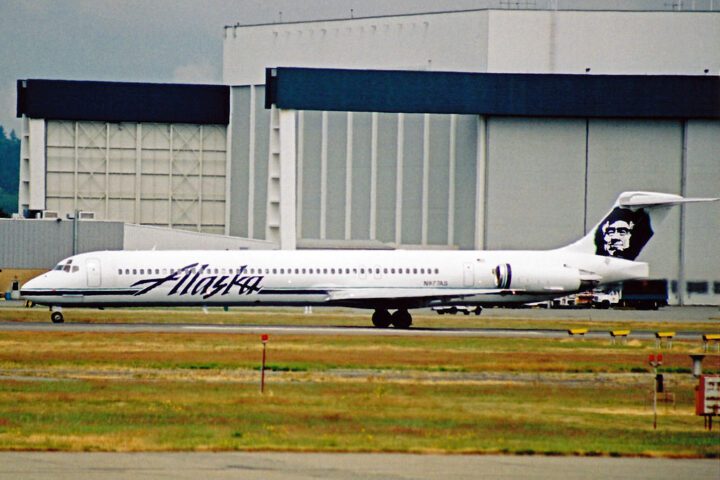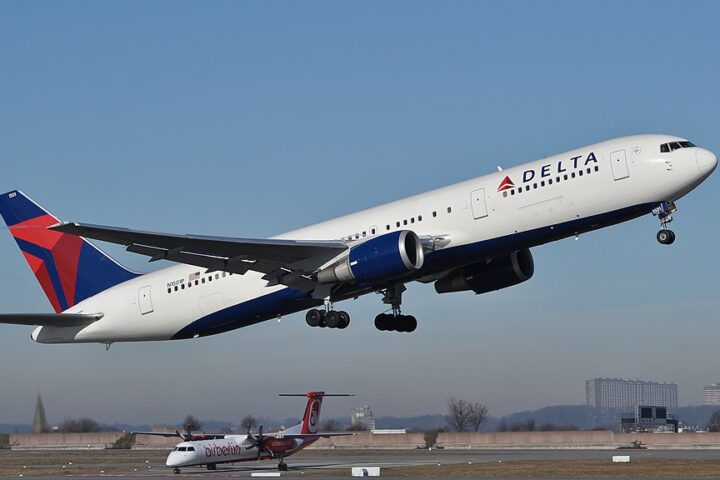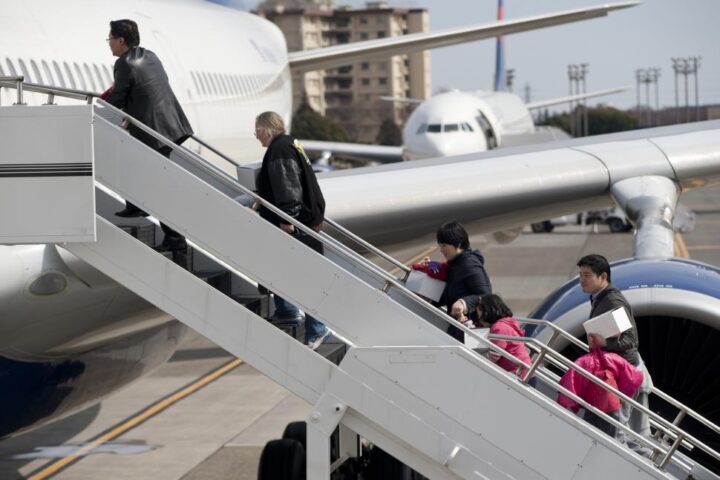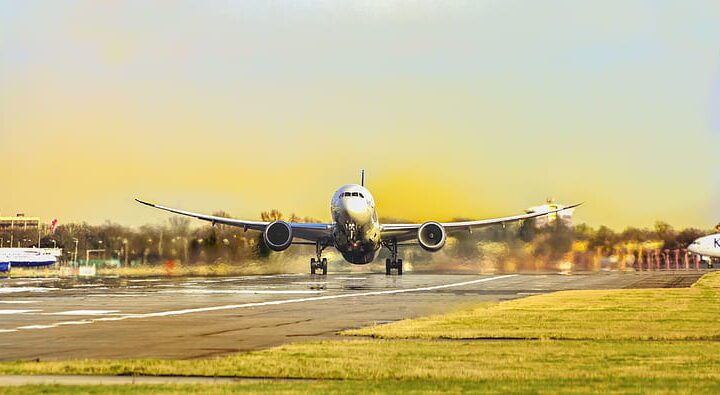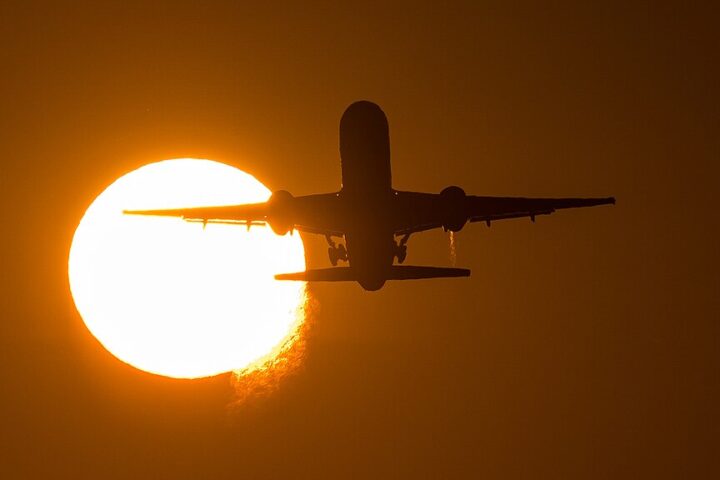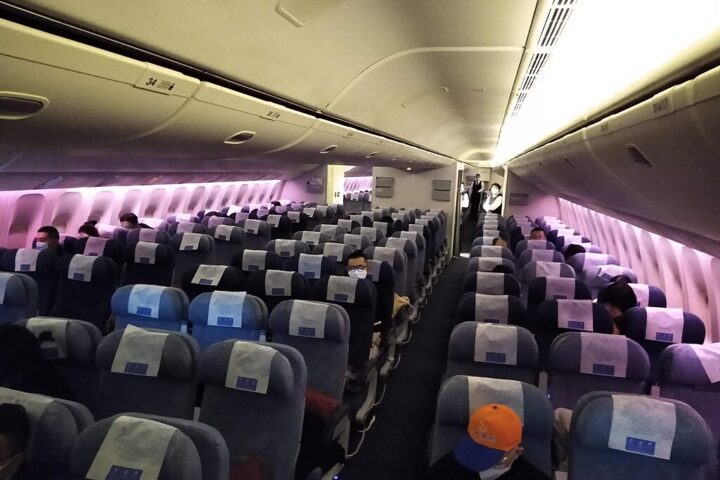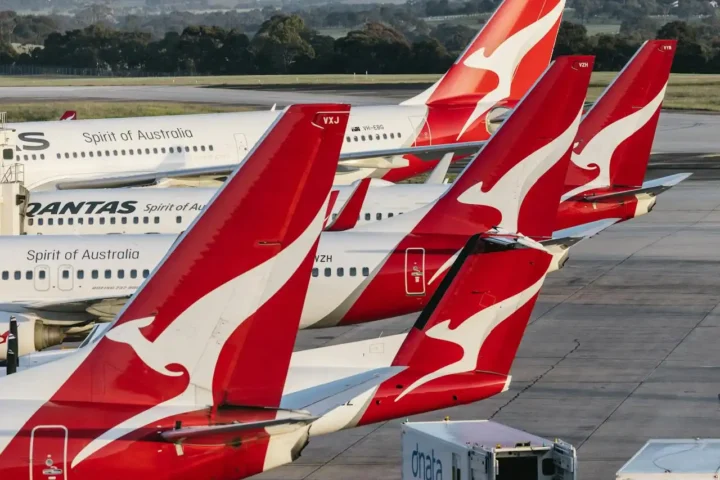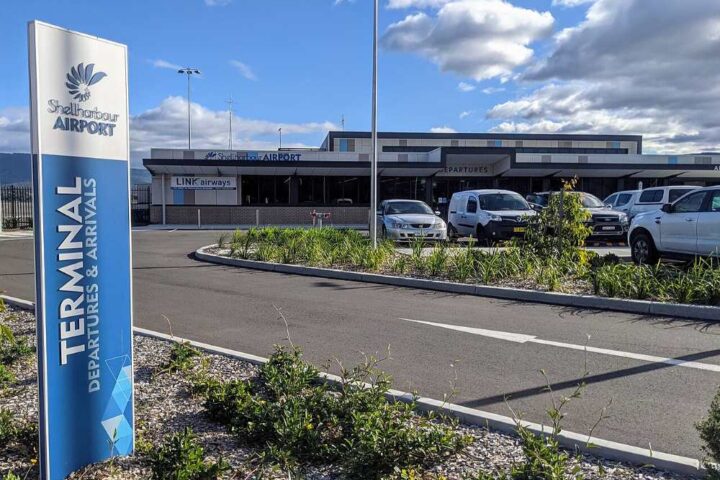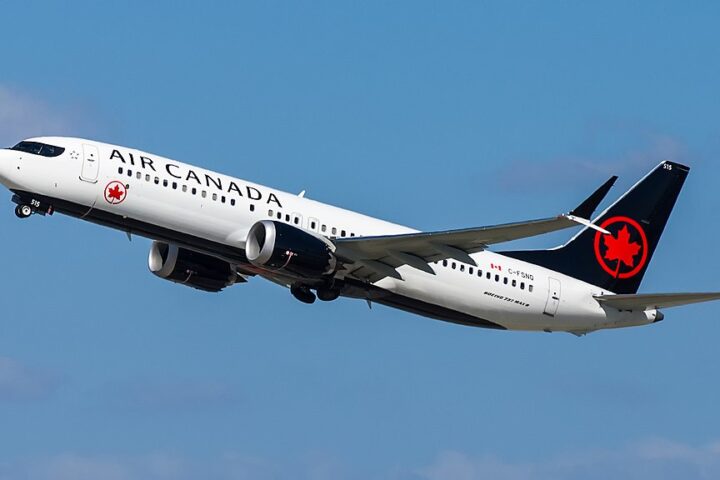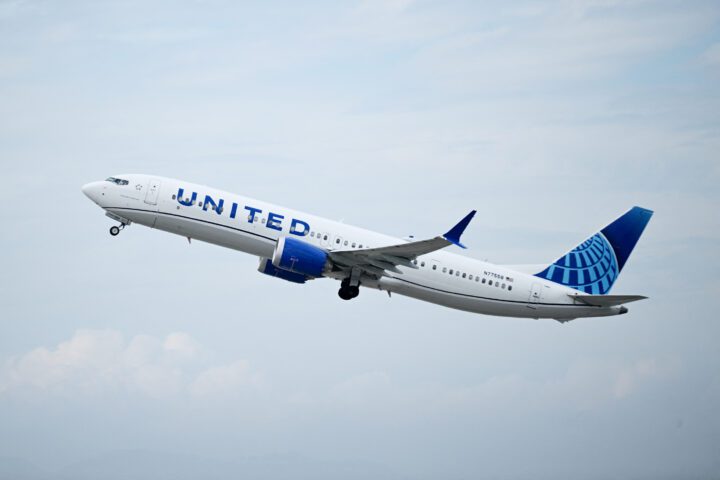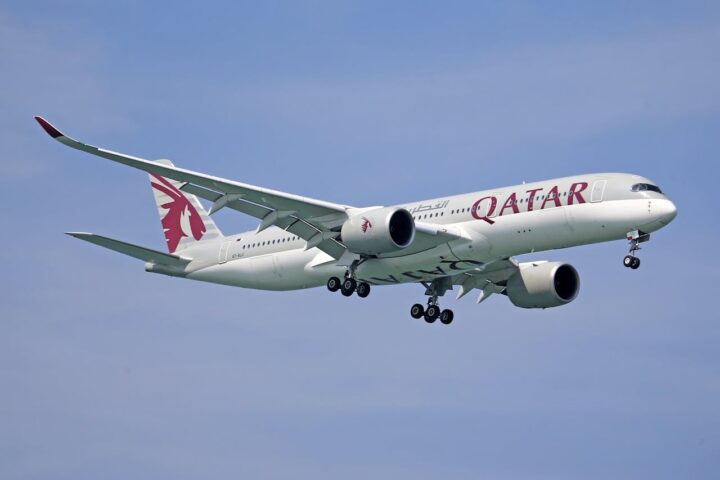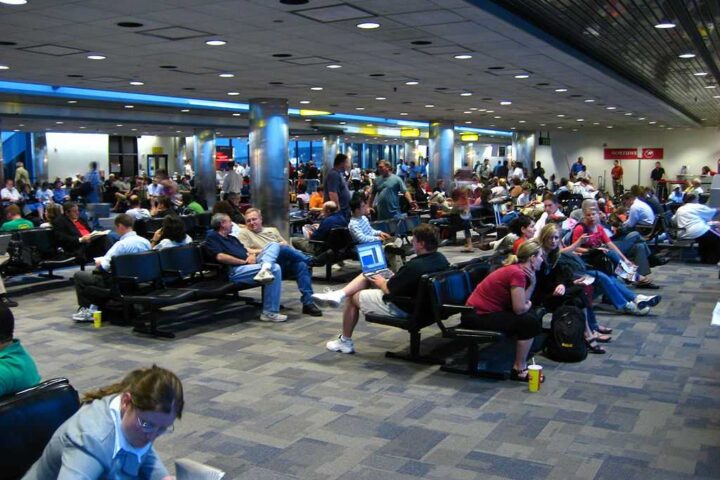A series of maintenance errors led to the engine fire that forced the evacuation of an American Airlines plane in Denver this March, according to preliminary findings from federal investigators.
The National Transportation Safety Board (NTSB) report revealed that loose and incorrectly installed parts in the Boeing 737-800’s right engine caused a dangerous fuel leak that eventually ignited after the plane made an emergency landing at Denver International Airport.
“The way this is looking is that there was a maintenance issue that led to this fire and we’ve gotta figure out where that error occurred so we can keep that error from happening again,” said former NTSB chair Robert Sumwalt, who now serves as a transportation safety analyst.
Surveillance footage from the airport showed fuel dripping from the aircraft during taxiing, which provided visual evidence of the leak. Investigators later discovered not only a fractured fan blade but several maintenance issues when they inspected the engine components.
Panic erupted among passengers when they noticed flames coming from beneath the engine while the plane was at the gate.
“Everyone was screaming, ‘There’s a fire. There’s a fire,'” recalled passenger Helen Prager. “Literally at the gate and I was screaming, ‘Get the doors open.'”
The NTSB report indicated that cabin crew members attempted to contact the pilots through calls to the cockpit and by knocking on the door, but they were unable to get a response. This led the flight attendants to begin evacuation procedures on their own.
Similar Posts
They then initiated the evacuation of all 172 passengers and 6 crew members through multiple exits.
While most people escaped through the jetway, over-wing exits, and the right rear door’s emergency slide, one evacuation route was blocked when an escape slide jammed, preventing the use of the left rear cabin door. This slide malfunction is now being investigated separately.
“When it did not deploy properly and it jammed the door, that’s a problem,” Sumwalt noted. “The NTSB is going to want to drill down into that… Did it come from the factory that way, or was it a maintenance problem?”
Ground crews managed to extinguish the fire within a minute, and airport firefighters arrived shortly after to address remaining hot spots. Twelve people were treated at hospitals for minor injuries.
In response to the incident, American Airlines has initiated an internal audit of its maintenance operations and temporarily increased inspections of its Boeing 737-800 fleet. “The safety of our customers and team members is our top priority,” the airline stated.

For travelers concerned about flying after this incident, aviation experts emphasize that such maintenance-related fires are rare. Despite several high-profile aviation incidents in 2025, flying remains statistically very safe. Data from last year indicates that accidents occurred in just two-hundredths of a percent of all domestic flights.
However, this incident highlights the critical importance of proper aircraft maintenance and the need for rigorous oversight, especially as airlines increasingly rely on third-party maintenance providers. The FAA is currently reviewing the incident and may issue industry-wide guidance as a result.
The NTSB‘s final report on the incident, which will include detailed analysis and safety recommendations, is expected within the next 12-24 months.



